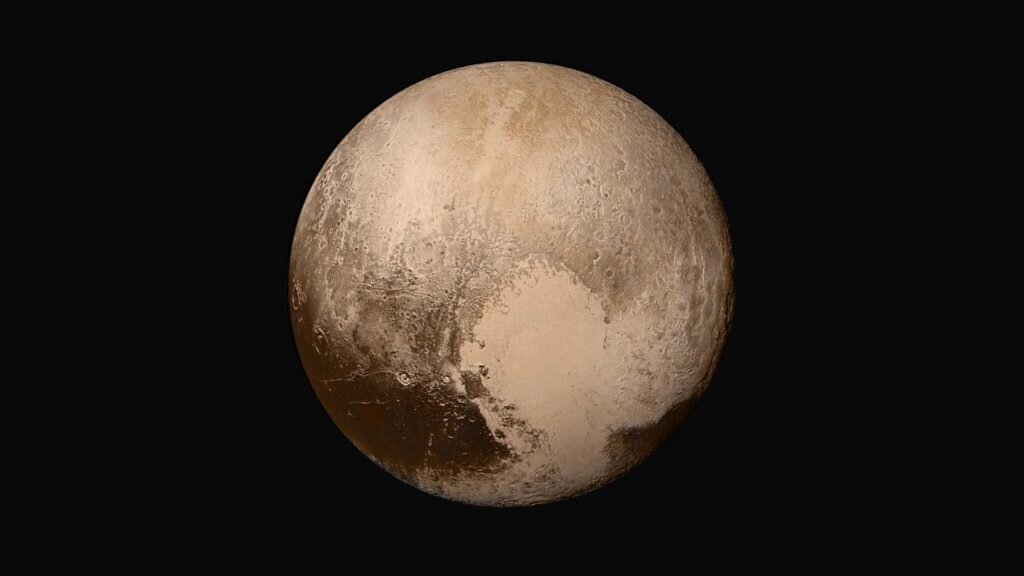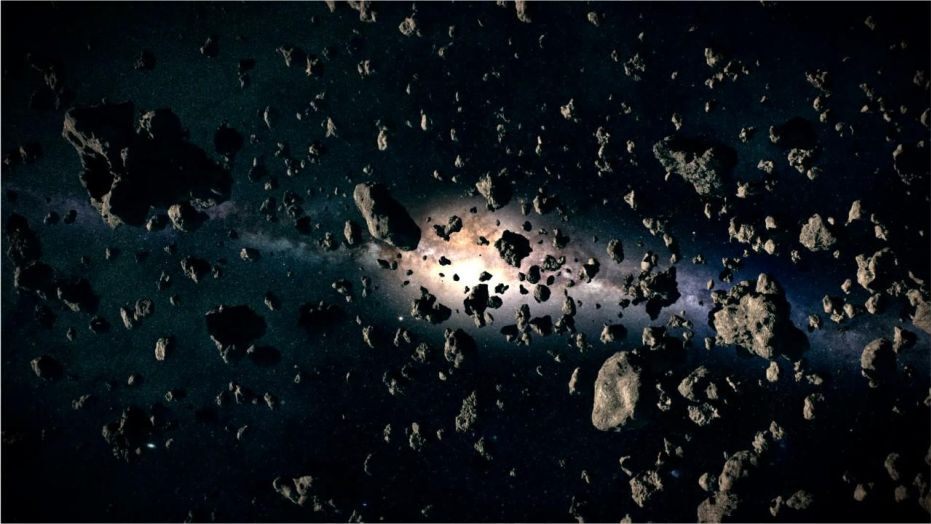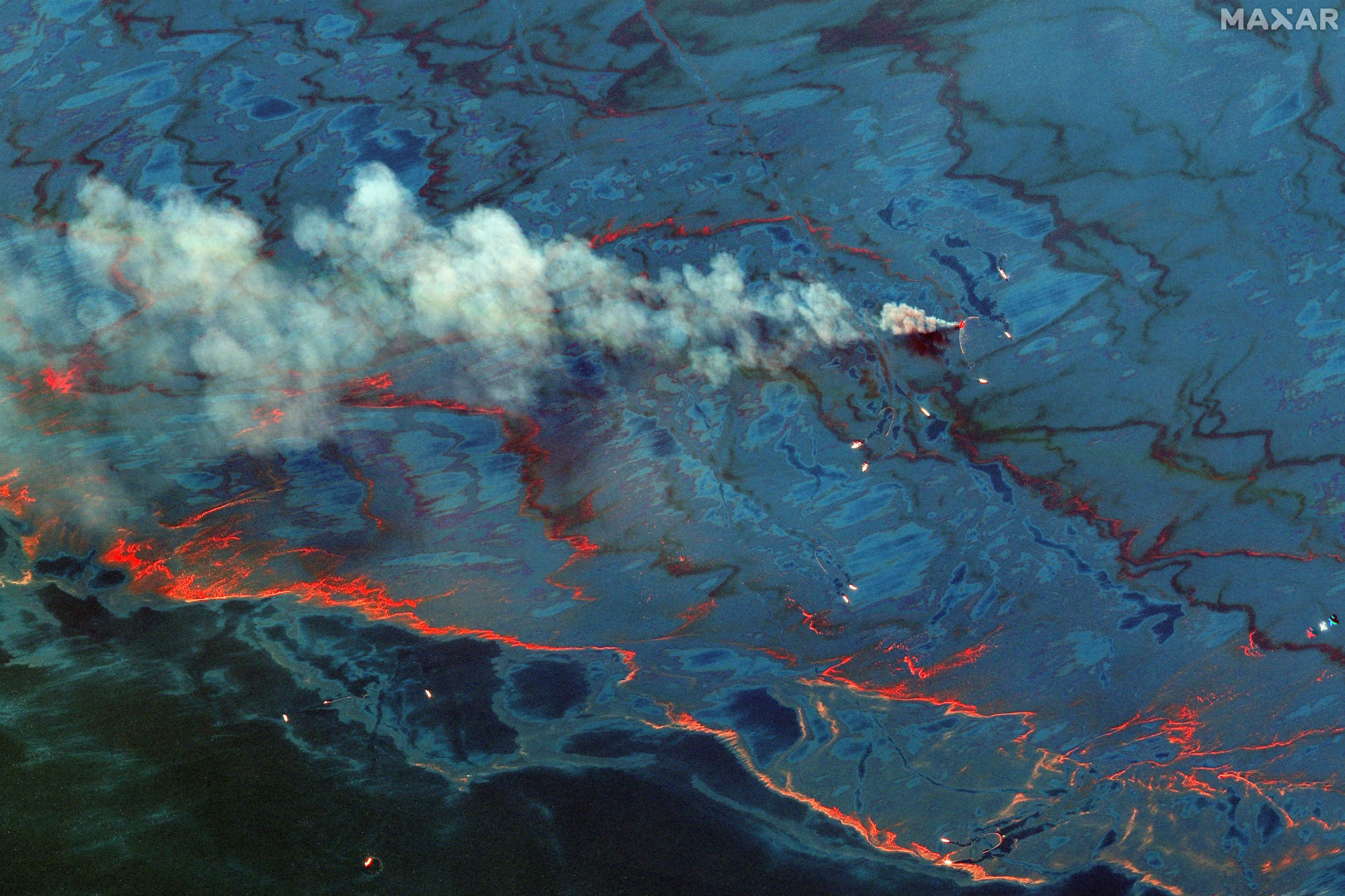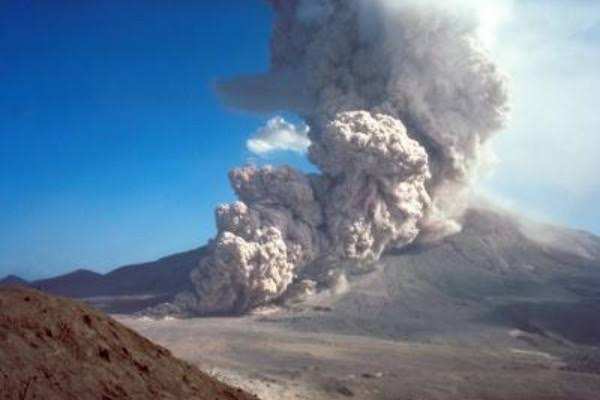The dwarf planet’s well known heart-shaped feature, which NASA’s New Horizons spacecraft found during its epic July 2015 flyby, drives atmospheric circulation patterns on Pluto, another investigation recommends.
The vast majority of the activity comes courtesy of the heart’s left lobe, a 600-mile-wide (1,000 kilometers) nitrogen-ice plain called Sputnik Planitia. This exotic ice vaporizes during the day and consolidates into ice again around at night, causing nitrogen winds to blow, the analysts decided.
These breezes carry heat, particles of haze and grains of ice westbound, staining the ices there with dark streaks.
“This highlights the fact that Pluto’s atmosphere and winds — even if the density of the atmosphere is very low — can impact the surface,” study lead creator Tanguy Bertrand, an astrophysicist and planetary researcher at NASA’s Ames Research Center in California, said in an announcement.
What’s more, that westbound direction is interesting in itself, taking into account that Pluto turns eastbound on its axis. The dwarf planet’s atmosphere along these lines displays an odd “retrorotation,” study colleagues said.
Bertrand and his associates studied information assembled by New Horizons during the probe’s 2015 close experience. The specialists likewise performed PC simulations to model Pluto’s nitrogen cycle and weather, particularly the dwarf planet’s breezes.
This work uncovered the imaginable presence of westerly winds — a high-altitude variety that races along at least 2.5 miles (4 kilometers) over the surface and a fast-moving type nearer to the ground that follows Sputnik Planitia’s western edge.
That edge is bounded by high cliffs, which seem to trap the close surface breezes inside the Sputnik Planitia basin for a spell before they can get away toward the west, the new investigation proposed.
“It’s very much the kind of thing that’s due to the topography or specifics of the setting,” planetary scientist Candice Hansen-Koharcheck, of the Planetary Science Institute in Tucson, Arizona, said in the same statement.
“I’m impressed that Pluto’s models have advanced to the point that you can talk about regional weather,” included Hansen-Koharcheck, who was not associated with the new study.
New Horizons’ Pluto flyby uncovered that the dwarf planet is undeniably more complex and various than anybody had thought, including transcending water-ice mountains and weird “bladed” landscape notwithstanding the photogenic heart (whose official name, Tombaugh Regio, praises the discoverer of Pluto, Clyde Tombaugh).
The new investigation, which was published online Tuesday (Feb. 4) in the Journal of Geophysical Research: Planets, fortifies and expands that fundamental message.
“Sputnik Planitia may be as important for Pluto’s climate as the ocean is for Earth’s climate,” Bertrand said. “If you remove Sputnik Planitia — if you remove the heart of Pluto — you won’t have the same circulation.”
Disclaimer: The views, suggestions, and opinions expressed here are the sole responsibility of the experts. No News Feed Central journalist was involved in the writing and production of this article.



